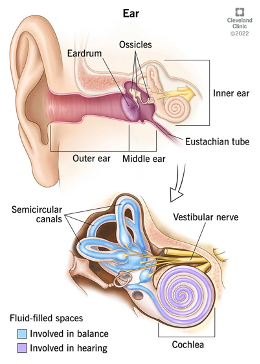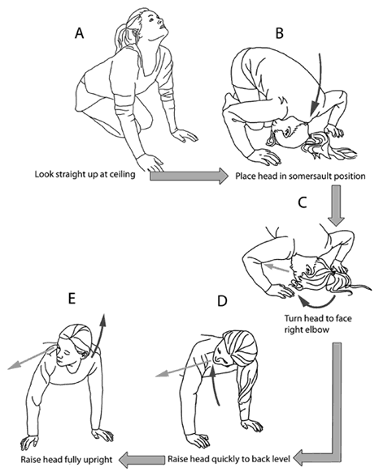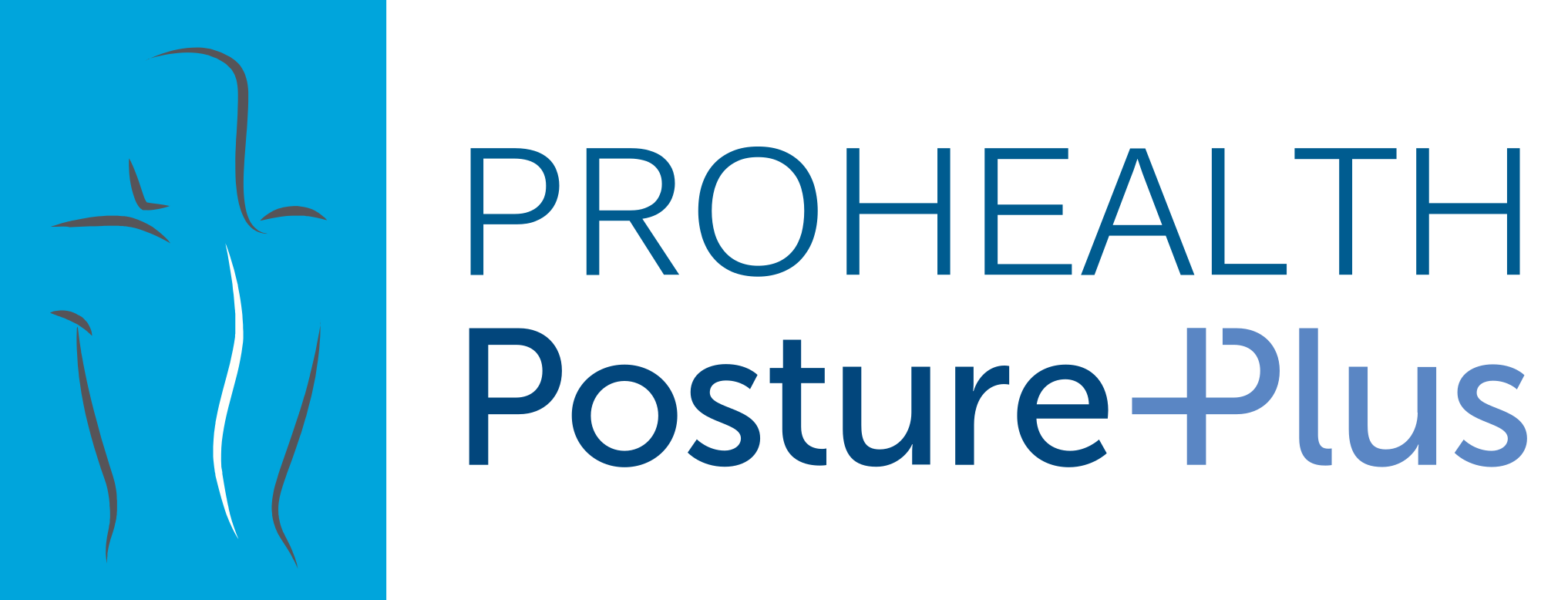
Physiotherapy Treatment for Benign Paroxysmal Positional Vertigo (BPPV)
People who experience Benign Paroxysmal Positional Vertigo (BPPV) may have brief yet intense episodes of vertigo, which is the sensation that you or the environment around you is moving or spinning, causing dizziness.
If you have been suffering from vertigo, you may not be aware that physiotherapy can help to treat certain types of vertigo, especially BPPV.
In this article, we share more information about Benign Paroxysmal Positional Vertigo (BPPV), and how physiotherapy treatments can assist.
What Is Benign Paroxysmal Positional Vertigo (BPPV)?
Benign Paroxysmal Positional Vertigo or BPPV is the most common disorder of the inner ear and one of the most common causes of vertigo. It is caused by displacement of crystals within the canals of the inner ear, and can trigger symptoms such as spinning sensations upon simple movements of the head.
Who Does It Affect?
While BPPV can affect anyone, it is more prevalent in older adults above the age of 50 to 60, and it is more common in females. The worldwide prevalence of BPPV is 2.4% of the population affected at any one time and it is responsible for 24.1% of hospital visits related to dizziness or vertigo.
What Causes BPPV?
Around 50 – 70% of BPPV cases are classified as “Idiopathic” or “Primary,” meaning there is no known cause.
The inner ear consists of the vestibular labyrinth, which comprises three semicircular canals (posterior, horizontal, and anterior) and two otolith organs (utricle and saccule). These structures, filled with fluid and crystals called otoconia, work together to monitor head movement and its position in relation to gravity.
In BPPV, some of these crystals become displaced and float freely in the canals, causing a sensation of motion even when there is no movement.

Symptoms: What Does BPPV Feel Like?
Vertigo is more than just ‘dizziness’. People often describe the sensation as swaying, spinning or tilting, or the feeling that motion is occurring when there is none. The episodes can range from mild, lasting just a few seconds, to more severe cases which may last a couple of minutes.
What Triggers BPPV?
Simple head movements can trigger BPPV symptoms. These movements include looking up or down quickly, or looking over your shoulder. Often people experience symptoms getting in or out of bed, moving from an upright to horizontal position, or even just turning over in bed.
How Is BPPV Diagnosed?
The standard clinical test for BPPV is the Dix-Hallpike maneuver. During this simple procedure, your doctor or physiotherapist will guide your head to a 45-degree angle while swiftly moving you from a sitting to a lying position. They will observe specific signs and ask if the movement triggers your symptoms. This maneuver is used to diagnose BPPV of the posterior canal and may be performed on both sides to determine which ear is affected. Other maneuvers may be used to confirm the diagnosis or diagnose BPPV of the horizontal canal.
Physiotherapy Treatments for BPPV
The most effective treatments for BPPV are repositioning manoeuvres such as the Epley, Semont or Foster manoeuvres. Your therapist will guide you through a sequence of movements, which aim to move the displaced crystals out of the semicircular canals and reposition them back to where they belong.
Treatment may need to be repeated several times, but some of the sequences can be taught as home exercises if necessary.
Although BPPV is not permanent, and often can be cured with a few treatment manoeuvres, some people may experience recurrences in the future. For more severe cases, your physiotherapist may prescribe additional vestibular exercises, such as the Cawthorne-Cooksy exercises, which may be helpful to reduce symptoms.

Should I See a Physiotherapist for Treatment?
Even if you experience mild symptoms for years without fully realizing the cause, it is worth seeking assessment and potential treatment from a physiotherapist or doctor if you are experiencing vertigo. Physiotherapy can provide effective strategies to alleviate symptoms and improve your quality of life.
Physiotherapy plays a crucial role in the treatment of BPPV, offering repositioning maneuvers and exercises that can effectively address the root cause of vertigo. If you are experiencing symptoms of BPPV, don’t hesitate to reach out to a physiotherapist for an assessment and personalised treatment plan.
Need Any Help? Reach Out to Us!
At Posture Plus, we can treat Benign Paroxysmal Positional Vertigo (BPPV) and other vertigo-related conditions that you may be struggling with. Our experienced physiotherapists offer hands-on treatments that are tailored according to your own situation.
Our team of physiotherapists are professional and experienced in working with clients of all ages and treatments are always personalised to their recovery needs. Working with our physios, you will receive a detailed assessment to fully understand the root cause and identify areas requiring treatment. From there, we then develop a program to help clients return to or improve their mobility and function, with advice on exercises and activities to minimise the risk of injury.
Written by Natalie Fogg

BSc (Hons) Physiotherapy (UK)
MSc Physiotherapy (UK)
Registered Physiotherapist (HK, UK & USA)
Natalie is a highly skilled physiotherapist at Posture Plus Hong Kong. After completing her Bachelors and Masters in Physiotherapy, Natalie began her career with the NHS in the UK, where she gained valuable experience in various clinical areas, including surgical, cardiac, and orthopaedic care. This diverse background has equipped her with a deep understanding of acute injuries and pain management, as well as the importance of early rehabilitation.
After relocating to Hong Kong, Natalie transitioned into private practice at Posture Plus, where she combines her manual therapy skills with exercise-based rehabilitation, including the Pilates Plus program. Her clinical interests lie in addressing postural problems and movement dysfunctions, particularly in individuals with neck or back pain.
With a strong educational background and extensive experience, Natalie is dedicated to helping her clients manage their conditions through the best possible treatment and personalized care. Natalie’s commitment to ongoing learning also drives her to continuously expand her knowledge and skills in physiotherapy.
References
- Palmeri R, Kumar A. Benign Paroxysmal Positional Vertigo. [Updated 2022 Dec 26]. In: StatPearls [Internet]. Treasure Island (FL): StatPearls Publishing; 2023 Jan-. Available from: https://www.ncbi.nlm.nih.gov/books/NBK470308/
- Zhou F, Yu B, Luo J, Ma Y, Li J, Zhang T and Yu G (2022) Global trends in the research on benign paroxysmal positional vertigo: A 20-year bibliometric and visualization analysis. Front. Neurol. 13:1046257. doi: 10.3389/fneur.2022.1046257
- Chen J, Zhao W, Yue X, Zhang P. Risk Factors for the Occurrence of Benign Paroxysmal Positional Vertigo: A Systematic Review and Meta-Analysis. Front Neurol. 2020 Jun 23;11:506. doi: 10.3389/fneur.2020.00506. PMID: 32655479; PMCID: PMC7324663.
- Carol A. Foster, Annand Ponnapan, Kathleen Zaccaro, Darcy Strong; A Comparison of Two Home Exercises for Benign Positional Vertigo: Half Somersault versus Epley Maneuver. Audiology and Neurotology Extra 1 December 2012; 2 (1): 16–23. https://doi.org/10.1159/000337947
